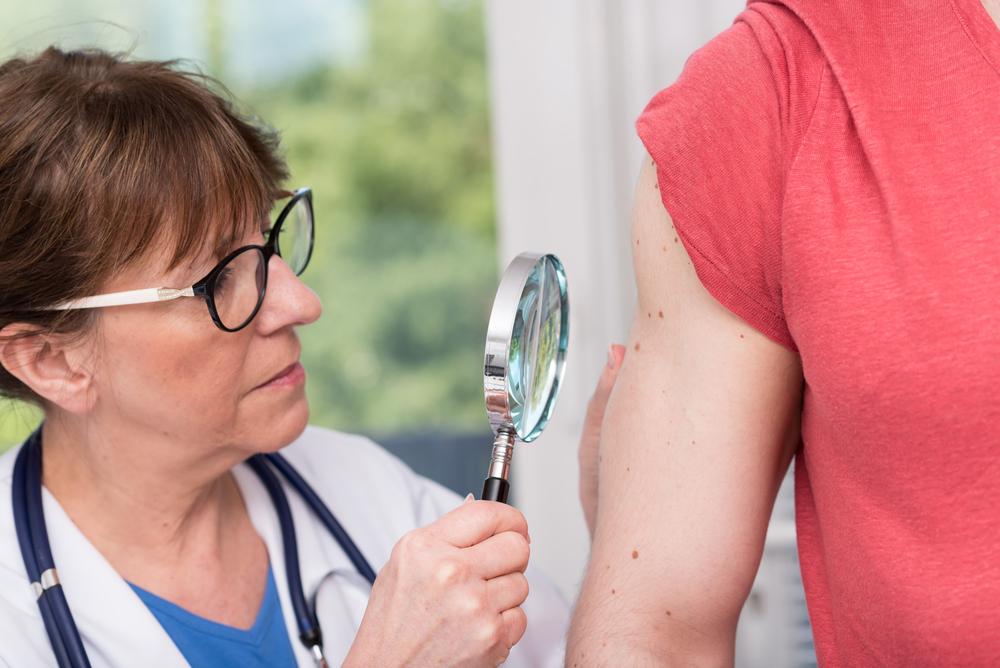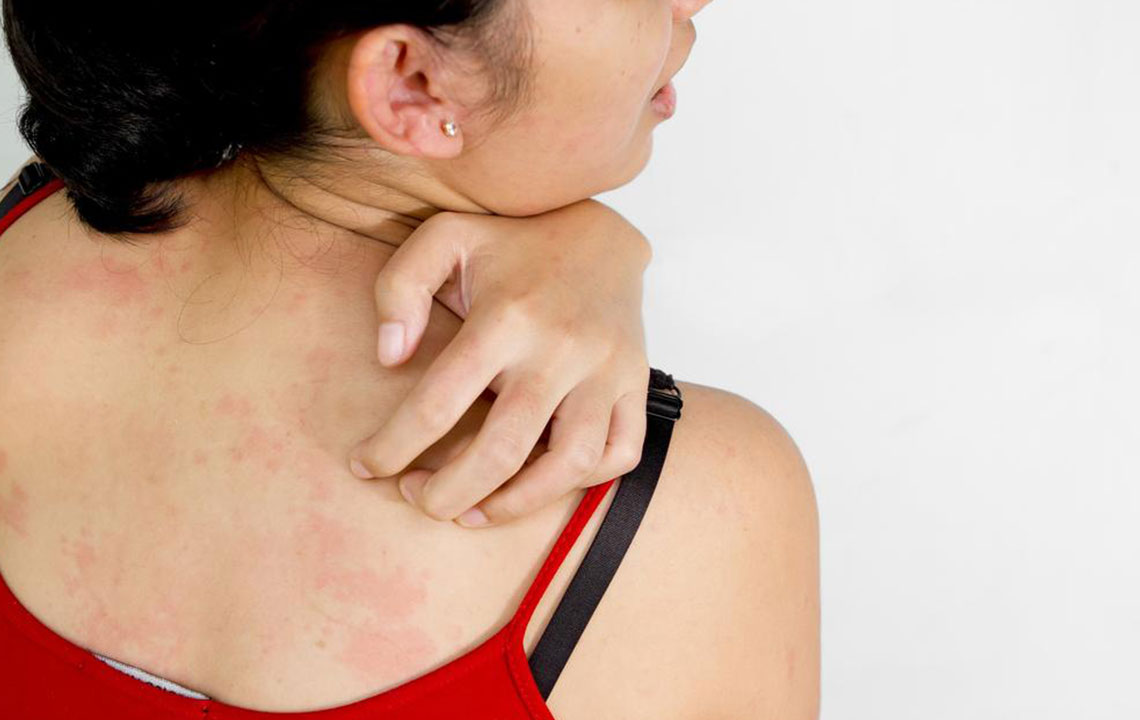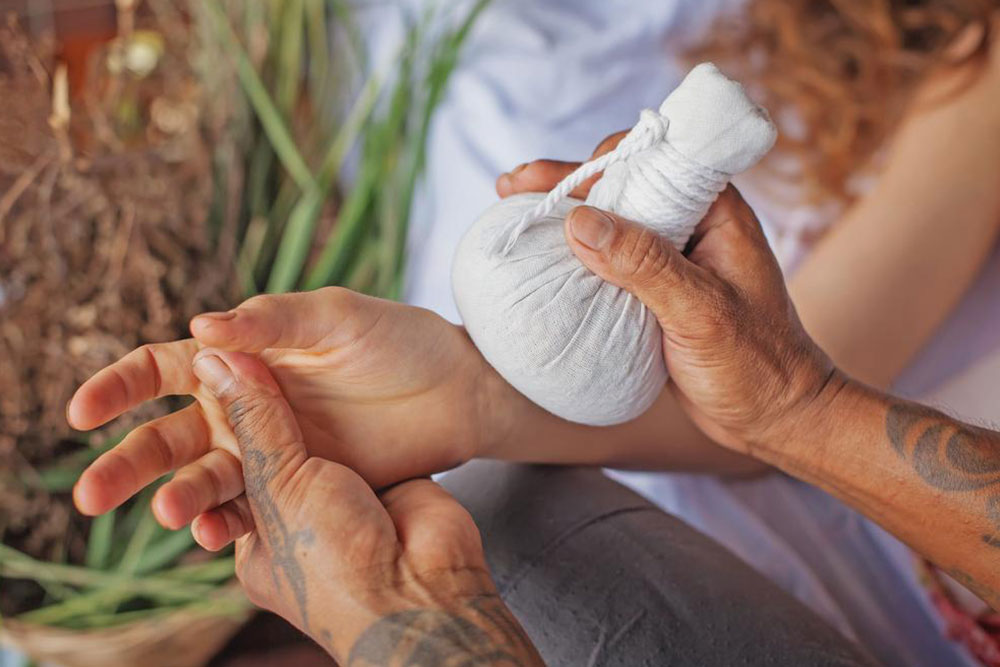Effective Strategies to Relieve Itchy Skin
This article offers practical insights on managing itchy skin, including common causes, symptoms, and treatment options. It emphasizes the importance of avoiding scratching, using appropriate topical remedies, and consulting healthcare professionals for persistent issues. Understanding underlying conditions like dermatitis, infections, or systemic diseases ensures effective care and relief from pruritus. The guide also highlights when to seek medical advice and the role of medical interventions in managing chronic or severe cases, promoting healthier skin and overall well-being.

Effective Strategies to Relieve Itchy Skin
Itchy skin, medically known as pruritus, can stem from multiple causes including sun exposure, dermatitis, dryness, infections, allergic reactions, or chronic illnesses. Over-the-counter remedies like lotions containing pramoxine, diphenhydramine, caladryl, or menthol often provide relief. In some cases, corticosteroids are prescribed to reduce inflammation. It's crucial to avoid scratching to prevent worsening the condition or causing infections. Persistent or worsening itching, especially with skin lesions, should be evaluated by a healthcare professional for accurate diagnosis and treatment.
Itching might be generalized or localized, with some experiencing symptoms primarily at night. Skin abnormalities such as rashes, bumps, or redness may accompany pruritus. Causes include dry skin, hormonal imbalances, liver or kidney issues, infections, or infestations like lice or scabies. Psychological factors like stress or anxiety can also contribute. Proper medical assessment ensures effective management, particularly when underlying conditions like psoriasis or eczema are involved.
Understanding the root cause of itchy skin is key to effective treatment. From dry skin and allergic reactions to infections and chronic diseases, a variety of factors can trigger pruritus. Avoiding scratching, using suitable topical therapies, and consulting healthcare providers for persistent symptoms help manage the condition. Recognizing associated skin changes or systemic signs ensures timely intervention, especially when underlying health issues are involved. Proper diagnosis and care lead to relief and prevent complications.










